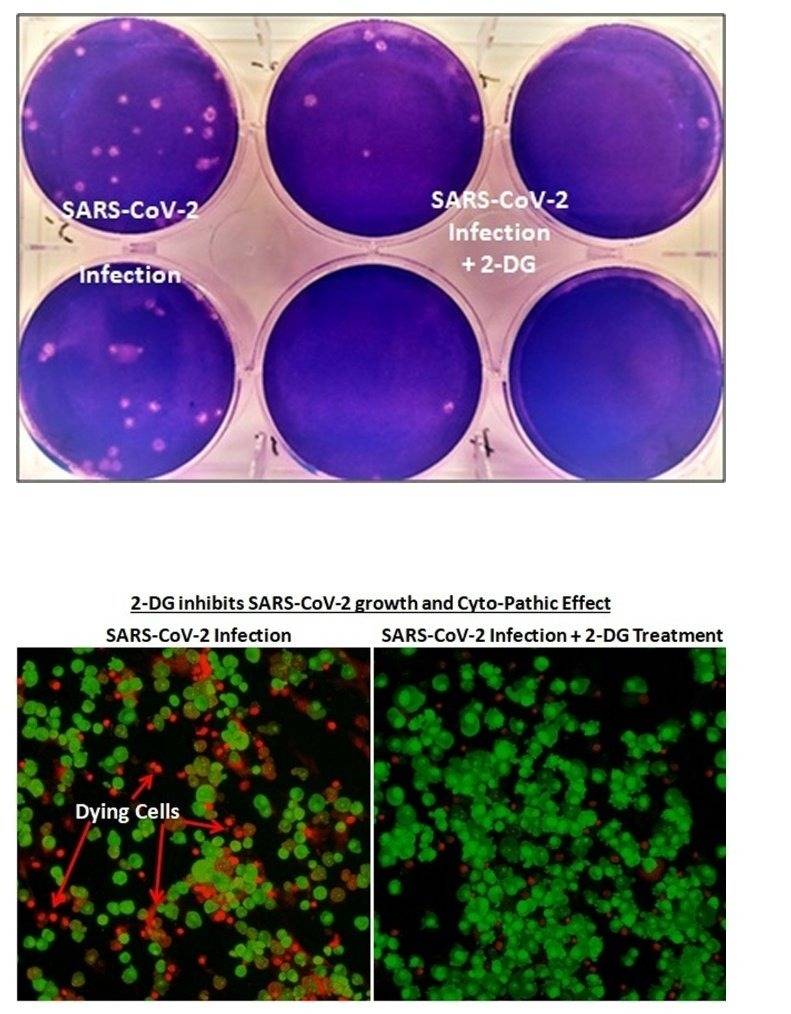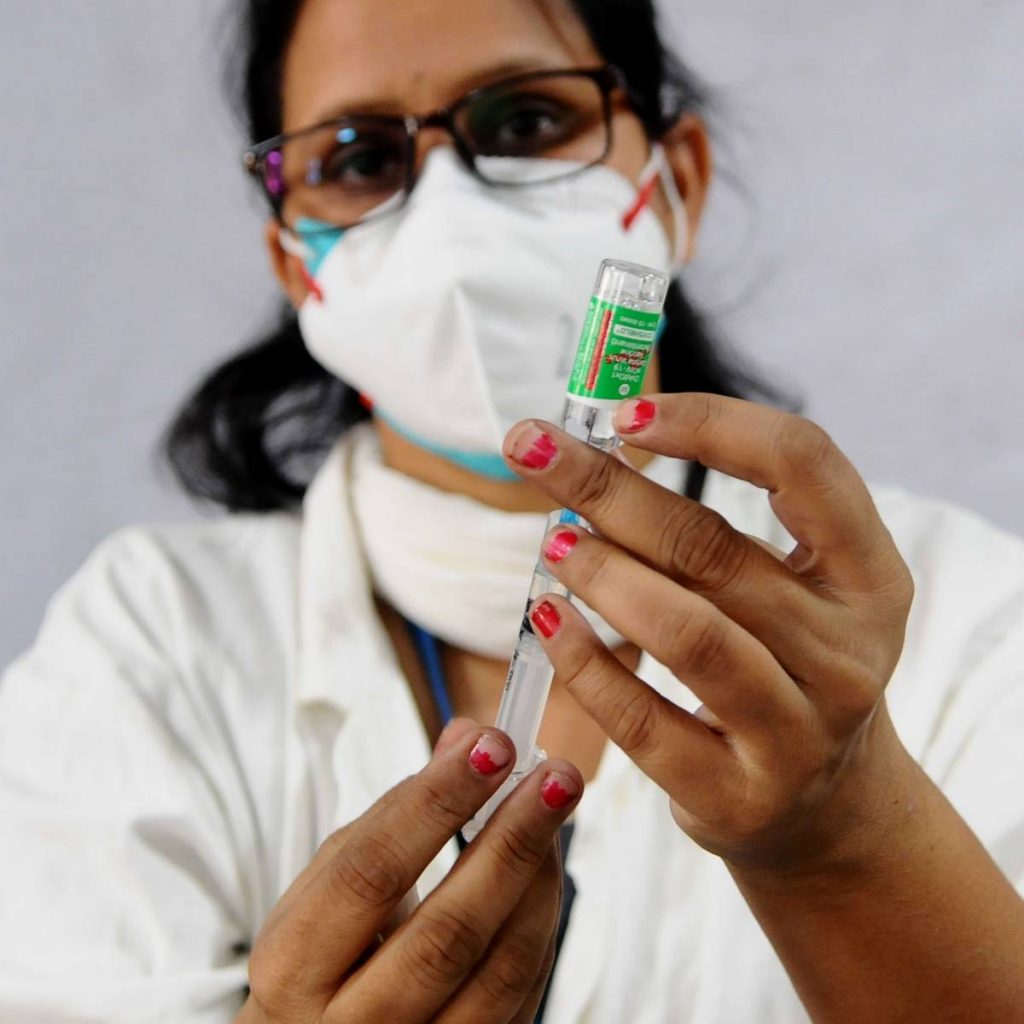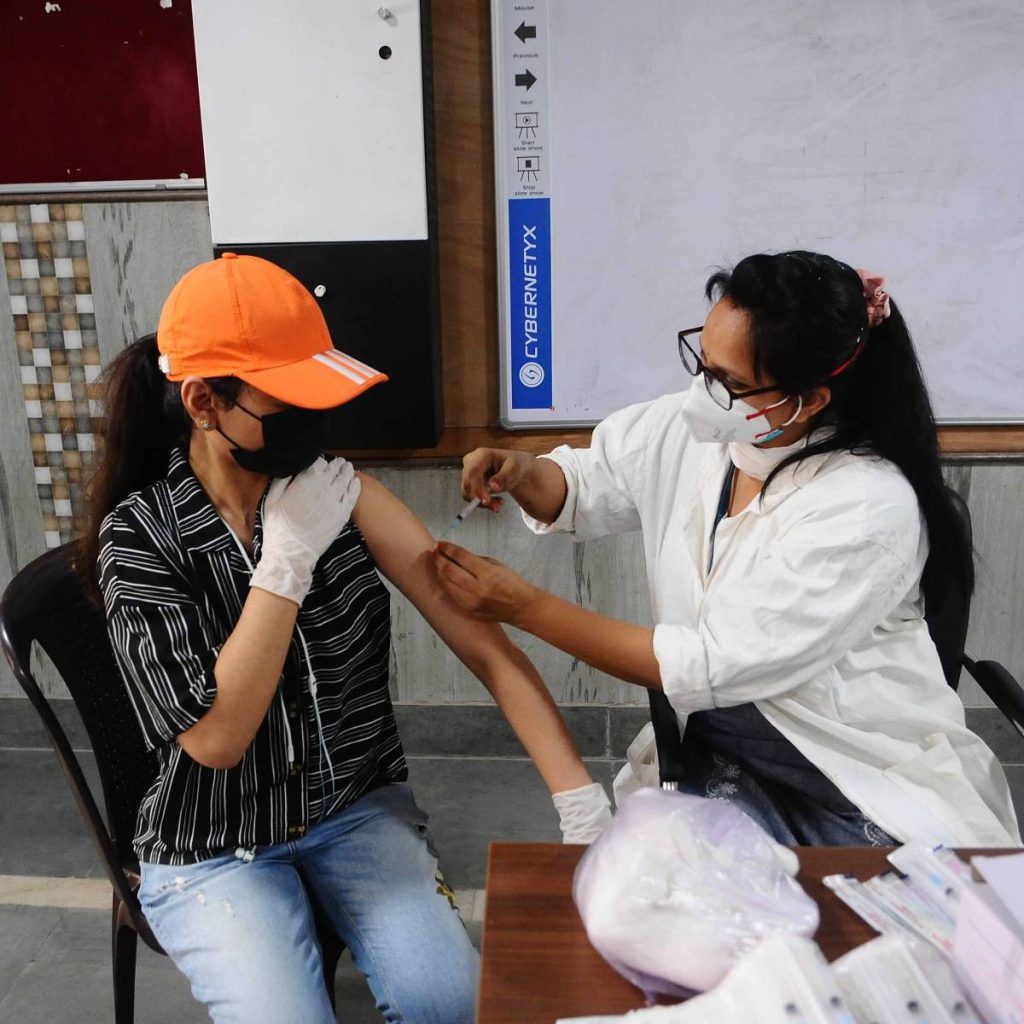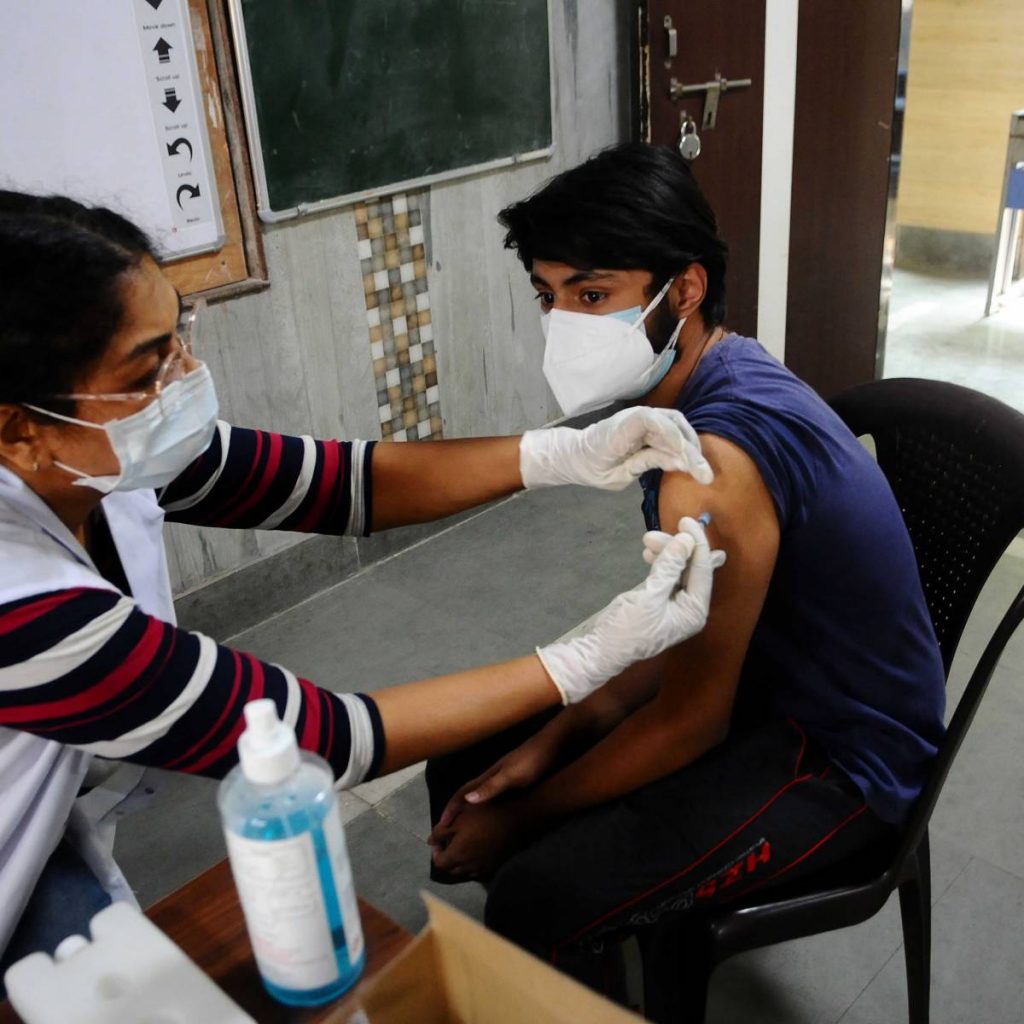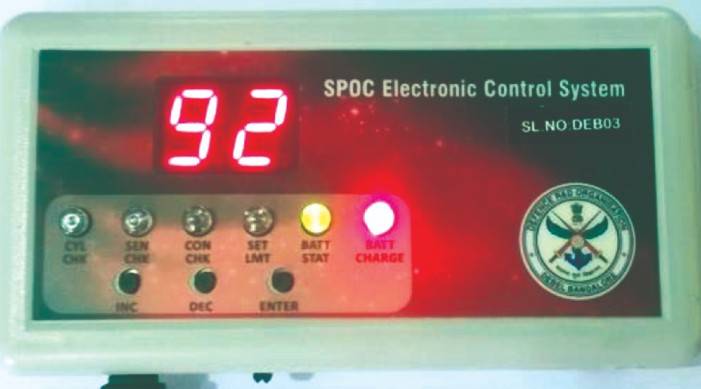The Minister informed the House that this is an increase of Rs 21, 415.41crore (23.78%) over BE 2020-21 allocations…reports Asian Lite News.
The Defence Research and Development Organization (DRDO) has been allocated over 1 lakh crore to boost development of state-of-the-art platforms, weapon systems and sensors in the country, Minister of State for Defence Ajay Bhatt told the Rajya Sabha in a written reply on Monday.
An amount of Rs 1,11,463.21 crore has been allocated under the Capital Acquisition Head (Modernisation) of Defence Services in BE 2021-22, he said.
The Minister informed the House that this is an increase of Rs 21, 415.41crore (23.78%) over BE 2020-21 allocations.
He further informed that DRDO has taken projects, for development of Products/Systems, in various technology domains.
Some of them are Missiles Systems, Airborne Early Warning & Surveillance, Fighter Aircrafts, Armoured Fighting Vehicles, Bridging and Mining Systems, Guided Munitions, Artillery Guns & Rockets, Small Arms & Ammunitions, Advanced Torpedoes & Advanced Sonar Suite, Electronic Warfare (EW), Long Range Radars, and Artificial Intelligence based Systems among others.
Under the Make in India project, the Minister informed that many significant projects including 155mm Artillery Gun system ‘Dhanush’, Bridge Laying Tank, Light Combat Aircraft ‘Tejas’, ‘Akash’ Surface to Air Missile system, Submarine ‘INS Kalvari’, Inshore Patrol Vessel, Offshore Surveillance Ship, ‘INS Chennai’, Anti-Submarine Warfare Corvette (ASWC), Arjun Armoured Repair and Recovery Vehicle, Landing Craft Utility, Bridge Laying Tank, Bi-Modular Charge System (BMCS) for 155mm Ammunition, Thermal Imaging Sight Mark-II for T-72 tank, 25 T Tugs, Water Jet Fast Attack Craft, Offshore Patrol Vessel, Fast Interceptor Boat, INS Kalvari, INS Khanderi, Medium Bullet Proof Vehicle (MBPV), Lakshya Parachute for Pilotless Target Aircraft, etc. have been produced in last few years.
Further, the Minister said that the central government has taken several policy initiatives and brought reforms to promote self-reliance in defence manufacturing. These policy initiatives are aimed at encouraging indigenous design, development and manufacture of defence equipment in the country, thereby reducing dependency on imports in the long run.
Listing the policy initiatives, the Minister in the reply to the Upper House of the parliament, said that DPP-2016 has been revised as Defence Acquisition Procedure (DAP)- 2020, which is driven by the tenets of Defence Reforms announced as part of ‘Aatmanirbhar Bharat Abhiyan’.
He noted that in order to promote indigenous design and development of defence equipment ‘Buy {Indian-IDDM (Indigenously Designed, Developed and Manufactured)}’ category has been accorded top most priority for procurement of capital equipment.
Further, the Minister highlighted that the Ministry of Defence has notified two ‘Positive indigenisation lists’ of 209 items for which there would be an embargo on the import beyond the timeline indicated against them. This would offer a great opportunity to the Indian defence industry to manufacture listed items using their own design and development capabilities to meet the requirements of the Indian Armed Forces, he said.
He said that the ‘Make’ Procedure of capital procurement has been simplified. There is a provision for funding upto 70% of development cost by the Government to Indian industry under Make-IN category. In addition, there are specific reservations for MSMEs under the ‘Make’ procedure.
Procedure for ‘Make-II’ category (Industry funded), introduced in DPP-2016 to encourage indigenous development and manufacture of defence equipment has a number of industry friendly provisions such as relaxation of eligibility criterion, minimal documentation, provision for considering proposals suggested by industry /individual etc. So far, 58 projects relating to Army, Navy & Air Force, have been accorded ‘Approval in Principle’, the Minister said.
The Minister recalled that the Government has approved enhanced delegation of Financial Powers under Capital Procurement to levels below the Vice-Chief of Armed Forces in February, 2021. The Government has also approved enhanced delegation of Financial Powers in the Make-I category under which public funding up to 70% of the prototype development cost is available for Design & Development of equipment, systems, major platforms or upgrades thereof.
The Government of India has enhanced FDI in Defence Sector up to 74% through the Automatic Route and up to 100% by the Government Route wherever it is likely to result in access to modern technology or for other reasons to be recorded.
He told the House that the government has established two Defence Industrial Corridors, one each in Uttar Pradesh and Tamil Nadu. The investments of Rs 20,000 Cr are planned in Defence corridors of Uttar Pradesh and Tamil Nadu by year 2024.
So far, investment of approx. Rs 3342 crore have been made in both the corridors by public as well private sector companies. Moreover, the respective State Governments have also published their Aerospace & Defence Policies to attract private players as well as foreign companies including Original Equipment Manufacturers (OEMs) in these two corridors.
An Inter-Governmental Agreement (IGA) on “Mutual Cooperation in Joint Manufacturing of Spares, Components, Aggregates and other material related to Russian/Soviet Origin Arms and Defence Equipment” was signed in September, 2019.
The objective of the IGA is to enhance the “After Sales Support” and operational availability of Russian origin equipment currently in service in Indian Armed Forces by organizing production of spares and components in the territory of India by Indian Industry by way of creation of Joint Ventures/Partnership with Russian Original Equipment Manufacturers (OEMs) under the framework of the “Make in India” initiative.

Defence Products list requiring Industrial License has been rationalised and manufacture of most of parts or components does not require Industrial License. The initial validity of the Industrial Licence granted under the IDR Act has been increased from 03 years to 15 years with a provision to further extend it by 03 years on a case-to-case basis.
The Minister said that the Department of Defence Production has notified 46 items under the latest Public Procurement Order 2017 notified by Department for Promotion of Industry and Internal Trade (DPIIT), for which there is sufficient local capacity and competition and procurement of these items shall be done from local suppliers only irrespective of the purchase value.
Defence Investor Cell (DIC) was created in February 2018 in the Ministry to provide all necessary information including addressing queries related to investment opportunities, procedures and regulatory requirements for investment in the sector. So far, 1182 queries have been addressed by DIC, the minister said in his reply.
ALSO READ-On goodwill visit to UAE, IAF Chief looks to further strengthen defence ties
READ MORE-Indian industries got 60% of total defence contracts: Govt




